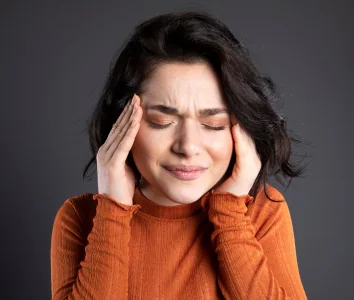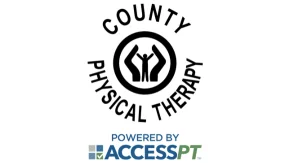Headaches and migraines are common conditions, affecting millions of people worldwide. While there are similarities between the two, they are actually different conditions with distinct causes, symptoms, and treatments.
Headaches: Headaches are very common and cause pain or discomfort in the head, scalp, or neck. They vary in intensity and duration and include three primary types: tension headaches, cluster headaches, and sinus headaches.
- Tension headaches are the most common type, and as implied by their name are often caused by stress and tight muscles. Symptoms of a tension headache include a dull, aching pain on both sides of the head, often accompanied by muscle tension in the neck or scalp.
- Cluster headaches are intense headaches that occur in cyclical patterns or clusters. Symptoms are usually experienced on one side of the head, often around the eye, and may include redness or swelling. The exact cause of cluster headaches is unknown, but they seem to be related to a sudden release of histamines or seratonin and have many possible triggers.
- Sinus headaches are caused by inflammation or infection in the sinus cavities and are often accompanied by congestion or facial pressure. Sinus headache pain often worsens if you bend forward or lie down.
Migraines: Migraines are a neurological condition that involves recurrent, severe headaches along with other symptoms such as nausea, vomiting, sensitivity to light and sound, and visual disturbances. Migraine attacks can last from a few hours to several days and can impact daily activities and quality of life. Attacks are often preceded by warning signs known as aura, which can include visual disturbances like flashes of light or blind spots, tingling sensations in the limbs, or difficulty speaking.
Although the exact cause of migraines is not fully understood, a combination of genetic, environmental, and neurological factors are believed to play a role. Migraines can be triggered by certain foods, hormonal changes, stress, sleep disturbances, or environmental stimuli.
How Physical Therapy Can Help:
Physical therapy can help manage both headaches and migraines by addressing contributing factors like muscle tension, poor posture, and impaired movement patterns. Here are some ways physical therapy can help:
- Posture Correction: Poor posture contributes to muscle tension in the neck and shoulders, which can lead to tension headaches. Physical therapists can evaluate posture and provide exercises and ergonomic recommendations to improve alignment and reduce strain on your muscles and joints.
- Manual Therapy: Techniques such as massage, joint mobilization, and soft tissue mobilization can help release muscle tension, improve circulation, and relieve pain from both headaches and migraines.
- Strength and Flexibility Exercises: Targeted exercises to strengthen weak muscles and improve flexibility can help correct muscle imbalances and improve headache and migraine symptoms. This may include exercises to strengthen the neck, shoulders, and core muscles, as well as stretches to improve flexibility and range of motion.
- Education and Lifestyle Modifications: Physical therapists can educate patients about lifestyle factors that may contribute to headaches and migraines, such as poor sleep habits, dehydration, diet, and ergonomics.
Although headaches and migraines share some similarities, they are distinct conditions with different underlying causes. Physical therapy can be an effective treatment for both by addressing muscle imbalances or tension, improving posture, and guiding lifestyle modifications. If you suffer from frequent headaches or migraines, consult with a physical therapist to develop a personalized treatment plan tailored to your specific needs and goals.



